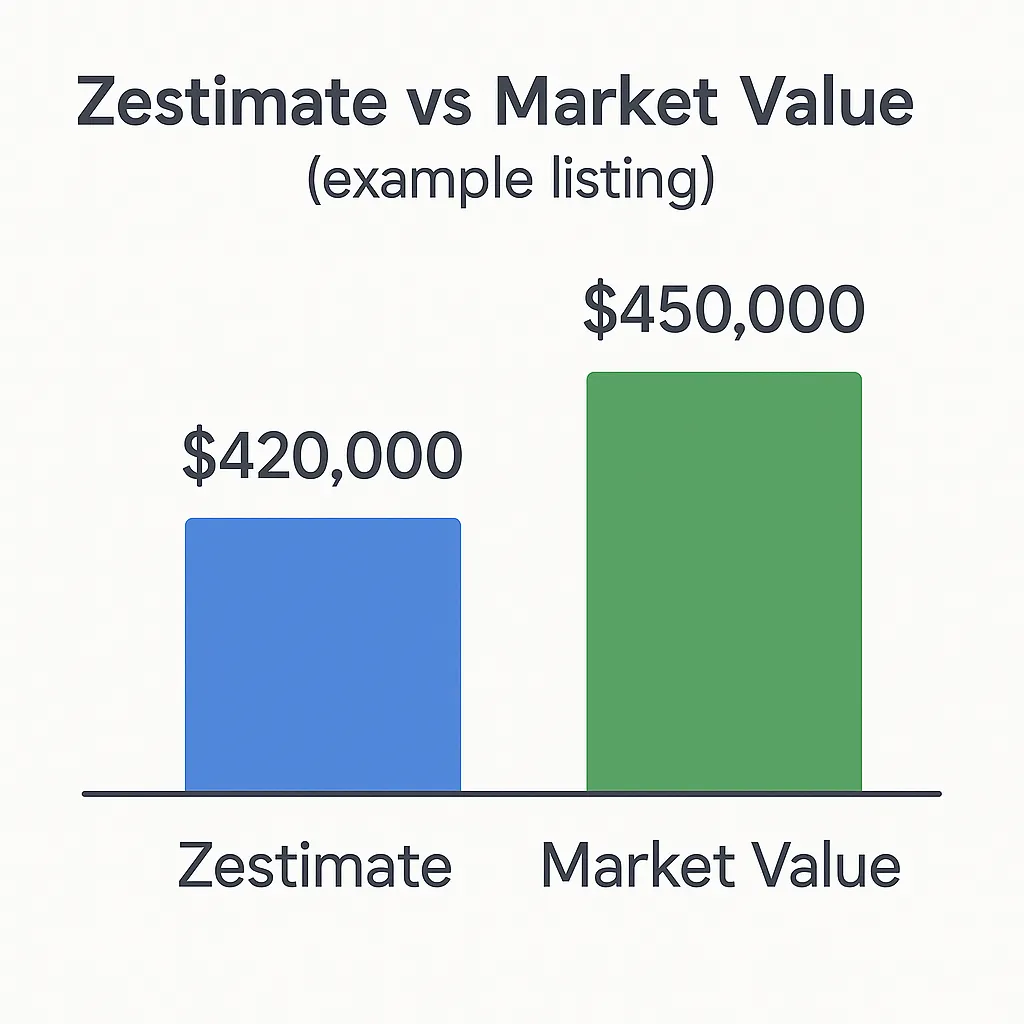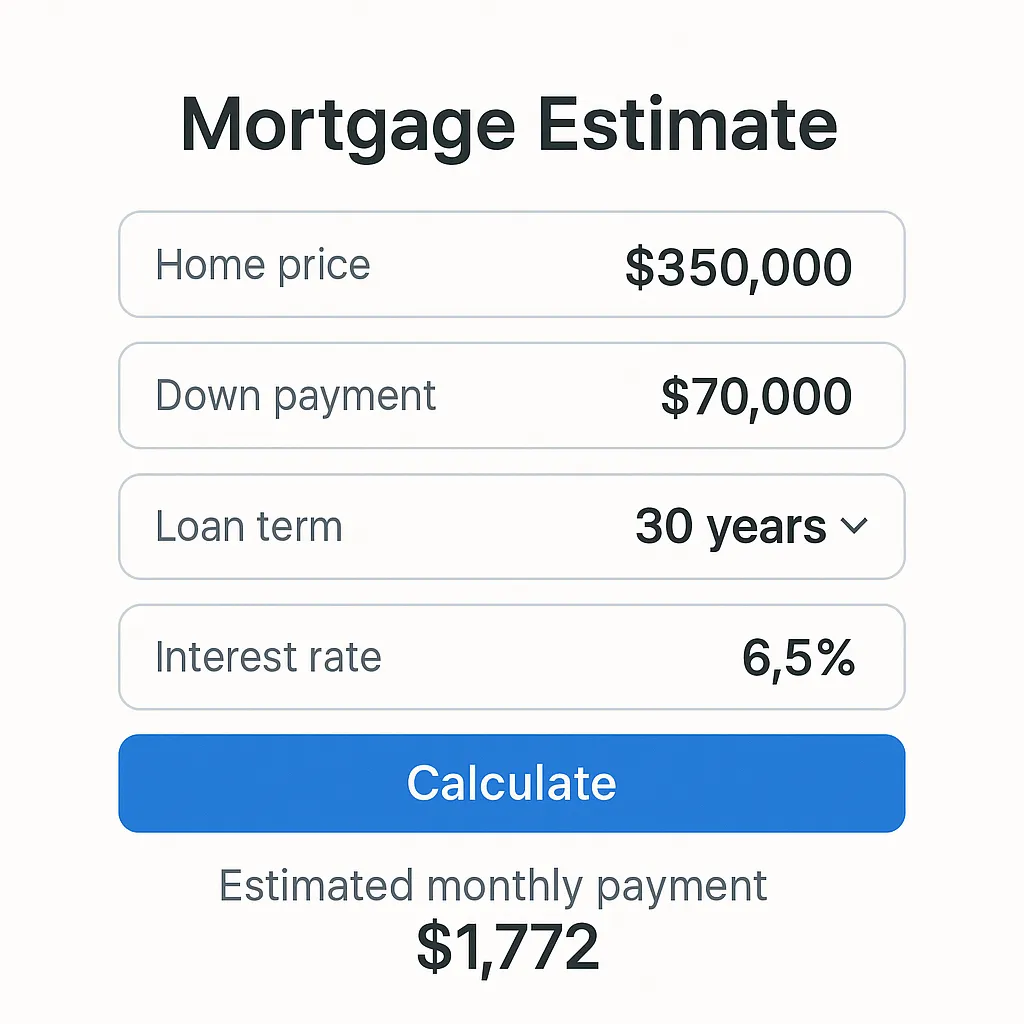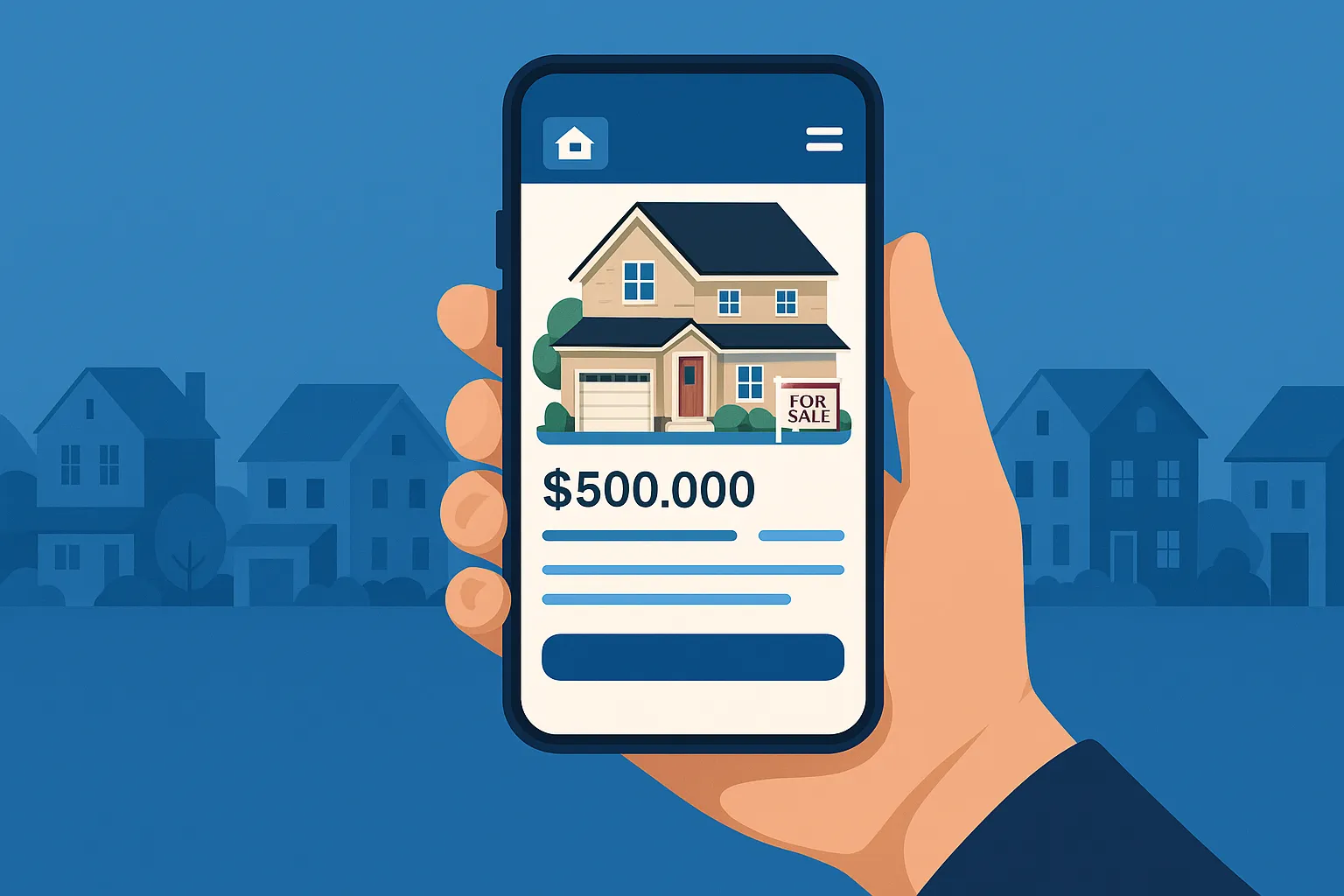We’ve all done it. Sitting on the couch at 2 AM, scrolling through Zillow listings like we’re casually house-hunting—with zero intention (or budget) to actually buy. It’s addictive. From oceanfront villas in Malibu to brownstones in Brooklyn, Zillow has made real estate not just accessible—but entertaining. For creators, founders, and app-preneurs, that kind of stickiness isn’t luck—it’s design.
Now if you’re someone who’s obsessed with building the next big thing (and chances are you are, since you’re here), Zillow’s success story offers more than just property porn. It’s a masterclass in UX, data, monetization, and—dare I say it—emotional engineering. Understanding Zillow’s feature list is like getting the blueprint to a digital fortress built on trust, habit, and utility.
And if you’re thinking of launching your own real estate marketplace or Zillow clone, you need more than just a list of bells and whistles. You need a battle plan. That’s where Miracuves comes in—building app clones that don’t just look good, but sell good. Let’s unpack the magic behind Zillow, shall we?
Read more: What is Zillow App and How Does It Work?
Top Zillow Features Explained
1. Smart Search & Filtering That Actually Gets You
Zillow’s search functionality isn’t just “enter city, hit search.” It’s intuitive, geo-aware, and hyper-specific. You can filter by zip code, price range, number of bathrooms, square footage, pet-friendliness—you name it. The UI updates listings on the map in real-time as you zoom in and out.
According to Statista, 51% of home buyers found their future homes online—proof that a smart search experience isn’t just nice to have; it’s everything.
2. Zillow’s Secret Sauce
This is Zillow’s proprietary home valuation algorithm that estimates property value based on public data, user-submitted info, comps, and machine learning. While not always 100% accurate (and sometimes controversial), it keeps users coming back just to check.
- “Estimate” becomes Zestimate—a brandable blend of trust and tech.

3. Interactive Map & Neighborhood Insights
The app’s map is more than a pin-drop tool. Users can:
- Draw custom boundaries
- View school districts
- Access neighborhood walkability scores
- View historical price trends
This map functionality ties into the whole experience of property search—offering neighborhood as a unit of experience, not just geography.
4. Listing Richness That Rivals Instagram
From hi-res photos to 3D home tours, drone footage, and detailed floor plans—Zillow listings tell stories. Each post isn’t just a data dump. It’s curated to help buyers imagine themselves living there. (A classic psychological trigger.)
- Every part of the house—kitchen, yard, garage—is highlighted.
- Words like “cozy,” “charming,” or “fixer-upper” shape perception.

5. Saved Homes & Push Notifications: The FOMO Engine
You can save homes, get instant alerts if prices drop, or if similar homes go on sale nearby. It’s basically the “add to cart” for real estate. Addictive and genius.
- “Watch this home” instead of “Save” adds emotion.
- Feature stickiness = retention = monetization.
6. Agent Finder & Contact Integration
Zillow helps connect buyers directly with agents. This feature includes:
- Ratings & reviews
- Agent transaction history
- Chat or call features within the app
7. Zillow Offers (Now Discontinued, but Worth Studying)
This was Zillow’s attempt at iBuying—making instant cash offers on homes. While it didn’t pan out (RIP, algorithmic buying), it showcased Zillow’s appetite for disruption.
- OpenDoor, Redfin, Offerpad
- Not all experiments win—but the bold ones lead the pack.
8. Mortgage Calculator, Affordability Tools & Pre-Approval Flows
Zillow seamlessly integrates financial tools, making the home-buying process smoother. This includes:
- Real-time mortgage estimates
- Loan pre-approval partners
- Monthly payment calculators

9. Rental Features for Millennials and Gen Z Renters
Zillow isn’t just about buying. Rentals include:
- Apply Now buttons
- Renter credit check integrations
- Lease signing
- Rent payment options
It’s a short-term hustle for long-term users—turn renters into buyers, all on one platform.
10. User-Generated Content & Seller Listings
Users can post For Sale By Owner (FSBO) listings or update details about their home—even if it’s not for sale. It creates a living database of homes.
- “Owner view” vs “Public view” subtly prompts action
- UGC makes your product richer at scale—with minimal cost
Read more: Best Zillow Clone Scripts in 2025: Features & Pricing Compared
Zillow Clone? Here’s What Your App Needs (And Then Some)
If you’re looking to build a real estate app inspired by Zillow, don’t just copy-paste features—elevate them.
- Use AI to generate smart listing descriptions
- Integrate WhatsApp for agent chats
- Gamify home saving with badges or goals
- Add community forums (like Reddit, but hyper-local)
Looking to Build Your Own Zillow Clone App? We at Miracuves specialize in high-performance clones that go beyond basic features. It’s not about mimicking—it’s about reimagining.
Conclusion
Zillow isn’t just a real estate platform—it’s a digital habit. With addictive UX, hyper-relevant data, and emotional stickiness, it shows what’s possible when design meets data. Whether you’re flipping the real estate game or building a local listing powerhouse, these features should be your North Star.
At Miracuves, we help innovators launch high-performance app clones that are fast, scalable, and monetization-ready. Ready to turn your idea into reality? Let’s build together.
FAQs
Q:1 What is the most important feature of Zillow?
The Zestimate tool is considered Zillow’s flagship feature. It brings users back repeatedly to check property values and market trends.
Q:2 Can I build a Zillow-like app for rentals only?
Absolutely. Zillow started with sales but now has powerful rental features. You can niche down and dominate a vertical, like student housing or co-living.
Q:3 Is Zillow a good model for international property platforms?
With modifications, yes. Zillow’s UX and feature design are adaptable—but you’ll need local data integrations and language customization.
Q:4 Do I need machine learning to build a Zestimate clone?
It helps, but it’s not mandatory. You can start with rule-based valuations and scale up using ML once you gather more data.
Q:5 How does Zillow make money?
Primarily through advertising, lead generation for agents, and mortgage referrals. Their monetization model is hybrid and scalable.
Q:6 Is Miracuves experienced in building Zillow-like platforms?
You bet. We’ve helped real estate tech startups launch Zillow-style apps with custom features, multilingual support, and robust backend frameworks.
Related Articles:








